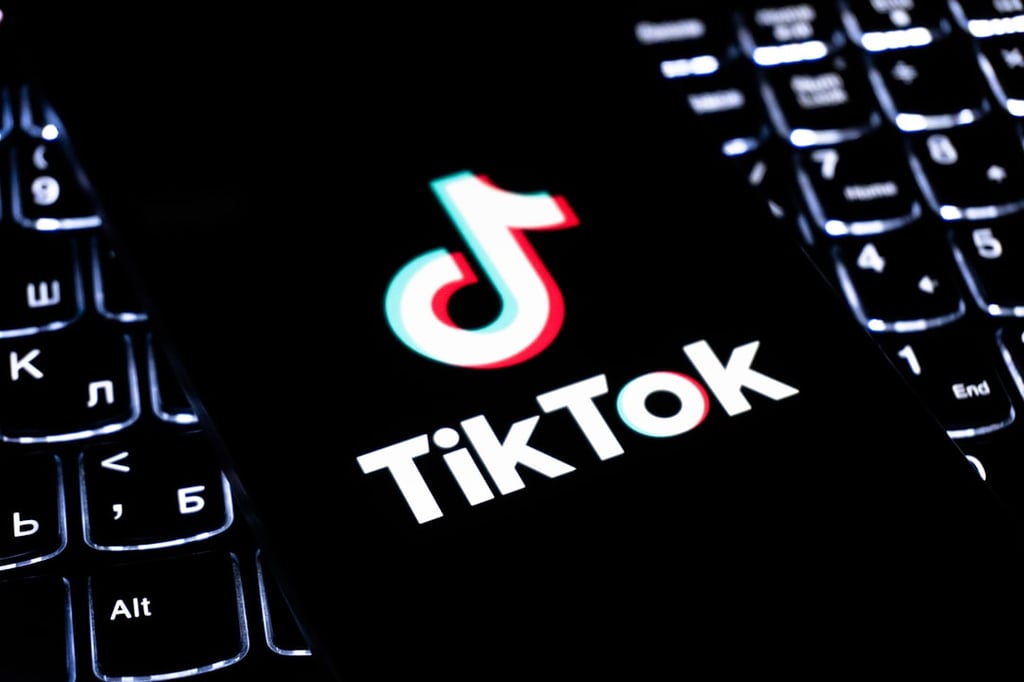‘Something there is that doesn’t love a wall,” wrote poet laureate
Robert Frost in 1915. ”Don’t fence me in,” echoed Cole Porter 20 years
later, in a song recorded by everyone from Bing Crosby to Willie Nelson.
There is something that just doesn’t feel right about living in a
Dilbert-style cubicle world. Fortunately, the growth of the Internet has
made it possible for workers to shed their corporate tethers and venture
out into the wide world beyond. Tens millions are doing just that, either
working from home or as mobile workers using Wireless LANs and cell
phones to stay hooked up.
It appears the office is now becoming little more than a place where
employees call to get a connection to the network.
And all this mobile working is getting easier all the time. According to
London’s Informa Plc, the number of public hotspots worldwide will
surpass 100,000 by the end of 2005. Analyst firm Gartner, Inc. pegs that
number as closer to 120,000.
But there still is one major drawback. Executives don’t want their mobile
employees spending all their work hours in Starbucks just so they can get
a connection.
”Wireless LAN coverage is limited to within a few hundred feet of an
access point,” says Allen Nogee, principal analyst for In-Stat/MDR.
”Coverage is getting better, but it will never reach the level of
coverage that cellular networks provide.”
After many false starts, American telecoms are finally rolling out
third-generation (3G) wireless networks. And that makes wireless
computing available anywhere someone can find a phone signal.
”I can remotely administer the network from anywhere in the world as
long as I have a good Internet connection,” says Shane Avery, operations
manager for Urban Display Network LLC in Henderson, Nev. ”But sometimes
I am out where there is no Wi-Fi or there is no hardline connection, so
3G has really helped with that.”
Dial-up to DSL
While Wi-Fi coverage is just starting to become widely available,
telecommunications firms have been rolling out their networks for
decades. In the United States alone, wireless companies have a cumulative
capital investment approaching $200 billion and nearly 200,000 cellular
transmission sites, according to the Cellular Telecommunications &
Internet Association. And each of those cellular towers covers a much
broader area than a Wi-Fi hot spot. Globally, cell phone penetration is
even higher.
At the same time, 3G networks take the established cellular
infrastructure and boost transmission rates so they can be used for
high-speed data access, not just voice transmissions. Earlier generations
were similar to dial-up Internet connections. However, 3G is more like
DSL. While this is still slower than what Wi-Fi or wired Ethernet offer,
it is more than adequate for most users, particularly those accessing the
network though a smartphone, PDA, blackberry or other device with limited
screen size and processing power.
”Unless you are using a laptop with a cellular card, you are probably
not going to see any speed difference between 3G and Wi-Fi,” says Nogee.
There already are 50 million 3G subscribers worldwide, mainly in Japan
and EU. But the trend now is starting to catch on in the U.S.
Sprint is finishing the roll-out of its EV-DO network (400Kbps to
700Kbps) in most metropolitan areas. Cingular uses a competing technology
called Enhanced Data rates for GSM Evolution (EDGE). Its network
deployment is nearly complete, but its data rate only averages about 135
Kbps. In the meantime, it has begun deployment of a newer network called
UMTS (Universal Mobile Telecommunications System) with twice the
performance. It will have it available in most major areas by the end of
2006.
As these 3G networks become broadly available, people will start to use
them for more than just downloading ringtones, checking stock prices or
finding out the latest sports results. UPS, for example, uses an EV-DO
network to give 4,500 sales reps access to its customer relationship
management (CRM) system.
”Our sales representatives spend nearly all of their time on the road,”
says Sheila Dunn, senior director for CRM technology at UPS. ”We wanted
to provide them with the tools they need to be more effective when
meeting with customers.”
UPS has given each of these representatives a Dell or IBM laptop equipped
with a wireless PC cards from Novatel or Verizon which can access
Verizon’s EV-DO network. (Where EV-DO is not available, they still can
connect, but at lower speeds.) The field worker and managers can log into
UPS’s custom CRM application to view prior customer interactions, as well
as access five Web-based reporting tools, email, calendaring and other
functions.
”With these tools, our sales reps can be more productive,” says Dunn.
”They can spend more time dealing directly with our customers one-on-one
rather than chasing information.”
Similarly, Urban Display’s Avery doesn’t just use 3G connections on his
own laptop, but also for delivering the company’s products. The company
owns and manages a network of 79 LED video billboards in Manhattan which
display commercials and other information. Inside each display is a
computer equipped with a Sierra Wireless AirCard 5220 to connect to
Verizon’s EV-DO network. The initial trial involved downloading the ads
to the billboards using Wi-Fi hot spots. But this proved to be
unreliable, requiring sending technicians on excursions around the city
to manually upload the content.
”It called for a lot more maintenance visits and ‘sneaker netting’ or
updating content by physical visits rather than remote control,” Avery
explains.
When EV-DO became available, however, that support load greatly
diminished. He says sometimes there still are issues the technicians need
to deal with manually. For example, occasionally when Verizon’s network
goes down, instead of automatically reconnecting, technicians need to go
out and click an on-screen dialog box to reestablish the connection.
Nevertheless, it is a huge step up from using Wi-Fi.
”Although it is not perfect, it is a lot more reliable and it has also
allowed us to expand our service,” Avery says. ”Now we can offer
realtime data, such as sports tickers, stock tickers or weather
information which updates every 10 minutes. Before, we couldn’t guarantee
anything better than once every 24 hours.”
-
Huawei’s AI Update: Things Are Moving Faster Than We Think
FEATURE | By Rob Enderle,
December 04, 2020
-
Keeping Machine Learning Algorithms Honest in the ‘Ethics-First’ Era
ARTIFICIAL INTELLIGENCE | By Guest Author,
November 18, 2020
-
Key Trends in Chatbots and RPA
FEATURE | By Guest Author,
November 10, 2020
-
Top 10 AIOps Companies
FEATURE | By Samuel Greengard,
November 05, 2020
-
What is Text Analysis?
ARTIFICIAL INTELLIGENCE | By Guest Author,
November 02, 2020
-
How Intel’s Work With Autonomous Cars Could Redefine General Purpose AI
ARTIFICIAL INTELLIGENCE | By Rob Enderle,
October 29, 2020
-
Dell Technologies World: Weaving Together Human And Machine Interaction For AI And Robotics
ARTIFICIAL INTELLIGENCE | By Rob Enderle,
October 23, 2020
-
The Super Moderator, or How IBM Project Debater Could Save Social Media
FEATURE | By Rob Enderle,
October 16, 2020
-
Top 10 Chatbot Platforms
FEATURE | By Cynthia Harvey,
October 07, 2020
-
Finding a Career Path in AI
ARTIFICIAL INTELLIGENCE | By Guest Author,
October 05, 2020
-
CIOs Discuss the Promise of AI and Data Science
FEATURE | By Guest Author,
September 25, 2020
-
Microsoft Is Building An AI Product That Could Predict The Future
FEATURE | By Rob Enderle,
September 25, 2020
-
Top 10 Machine Learning Companies 2020
FEATURE | By Cynthia Harvey,
September 22, 2020
-
NVIDIA and ARM: Massively Changing The AI Landscape
ARTIFICIAL INTELLIGENCE | By Rob Enderle,
September 18, 2020
-
Continuous Intelligence: Expert Discussion [Video and Podcast]
ARTIFICIAL INTELLIGENCE | By James Maguire,
September 14, 2020
-
Artificial Intelligence: Governance and Ethics [Video]
ARTIFICIAL INTELLIGENCE | By James Maguire,
September 13, 2020
-
IBM Watson At The US Open: Showcasing The Power Of A Mature Enterprise-Class AI
FEATURE | By Rob Enderle,
September 11, 2020
-
Artificial Intelligence: Perception vs. Reality
FEATURE | By James Maguire,
September 09, 2020
-
Anticipating The Coming Wave Of AI Enhanced PCs
FEATURE | By Rob Enderle,
September 05, 2020
-
The Critical Nature Of IBM’s NLP (Natural Language Processing) Effort
ARTIFICIAL INTELLIGENCE | By Rob Enderle,
August 14, 2020
SEE ALL
ARTICLES









